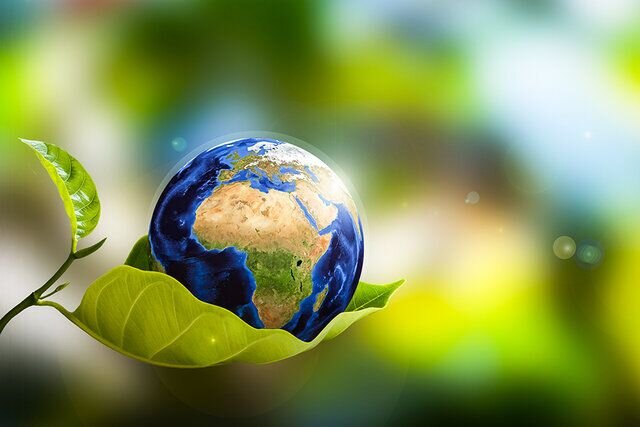Stop the pervasive use of plastics

TEHRAN –World Earth Day is celebrated annually on April 22 to stress the need for collective efforts to protect the earth, address environmental concerns, and promote sustainability, particularly by focusing on the reduction of global plastic consumption this year.
This year's theme is ‘Planet vs. Plastics’, which underscores the threat posed by plastic pollution and its detrimental effects on human health and the environment.
The day has announced a global campaign to demand a 60 percent reduction in plastic production by 2040, aiming to build a plastic-free future.
In Iran plastic accounts for a large amount of waste so the day puts the emphasis on reducing the use of plastic bags across the country.
Every Iranian consumes an average of three plastic bags daily, and the average life of each bag is only 12 minutes, while it remains in nature for hundreds of years.
In addition to this, disposable plastic containers, plastic tablecloths, plastic packaging, etc., have been produced in large quantities in the country, which has been used a lot due to the change in people’s lifestyles in recent decades and has put double pressure on the environment.
According to global statistics, Iran is among the top 20 countries in the world in producing plastic waste. Some 4 million tons of plastic waste are produced annually, of which half a million tons are related to plastic bags. In Iran, over 1 million tons of plastic bags are produced annually, 96 percent of which go directly into the trash.
Therefore, the Department of Environment (DOE) plans to enforce the law that bans plastic bag distribution on Clean Earth Week.
The DOE has compiled and approved the standard of biodegradable bags as part of regulations to reduce plastic bags consumption.
It promotes the need to take action now to end the scourge of plastics and safeguard the health of the earth and all living creatures on the planet.
To ensure the health of the earth for the current and next generation, stop the pervasive use of plastic bags, change your lifestyle, and educate your family and friends to protect the environment.
Earth Day started on April 22, 1970. Around 20 million people joined in at various places across the United States, like schools and community centers.
Senator Gaylord Nelson, from Wisconsin, got the idea for Earth Day because he was worried about how the environment was getting worse. In 1969, there was a big oil spill in Santa Barbara, California. This made Senator Nelson even more determined to do something. He saw how students were protesting against the war, and he thought that the same energy could be used to make people care about pollution.
Senator Nelson talked to the media about his idea to have a big event at colleges to teach about pollution. He got Pete McCloskey, a Republican Congressman who cared about nature, to help him.
As the idea grew, more people got involved from different groups and religions. They decided to call it Earth Day because it sounded like “birthday” and it caught people’s attention. Earth Day became a big deal all across the country, thanks to the hard work of many people.
Climate change, man-made changes to nature as well as crimes that disrupt biodiversity, such as deforestation, land-use change, intensified agriculture and livestock production, or the growing illegal wildlife trade, can accelerate the speed of destruction of the planet.
Mother Earth is clearly urging a call to action. Nature is suffering. Oceans filling with plastic and turning more acidic. Extreme heat, wildfires, and floods have affected millions of people.
MT/MG
